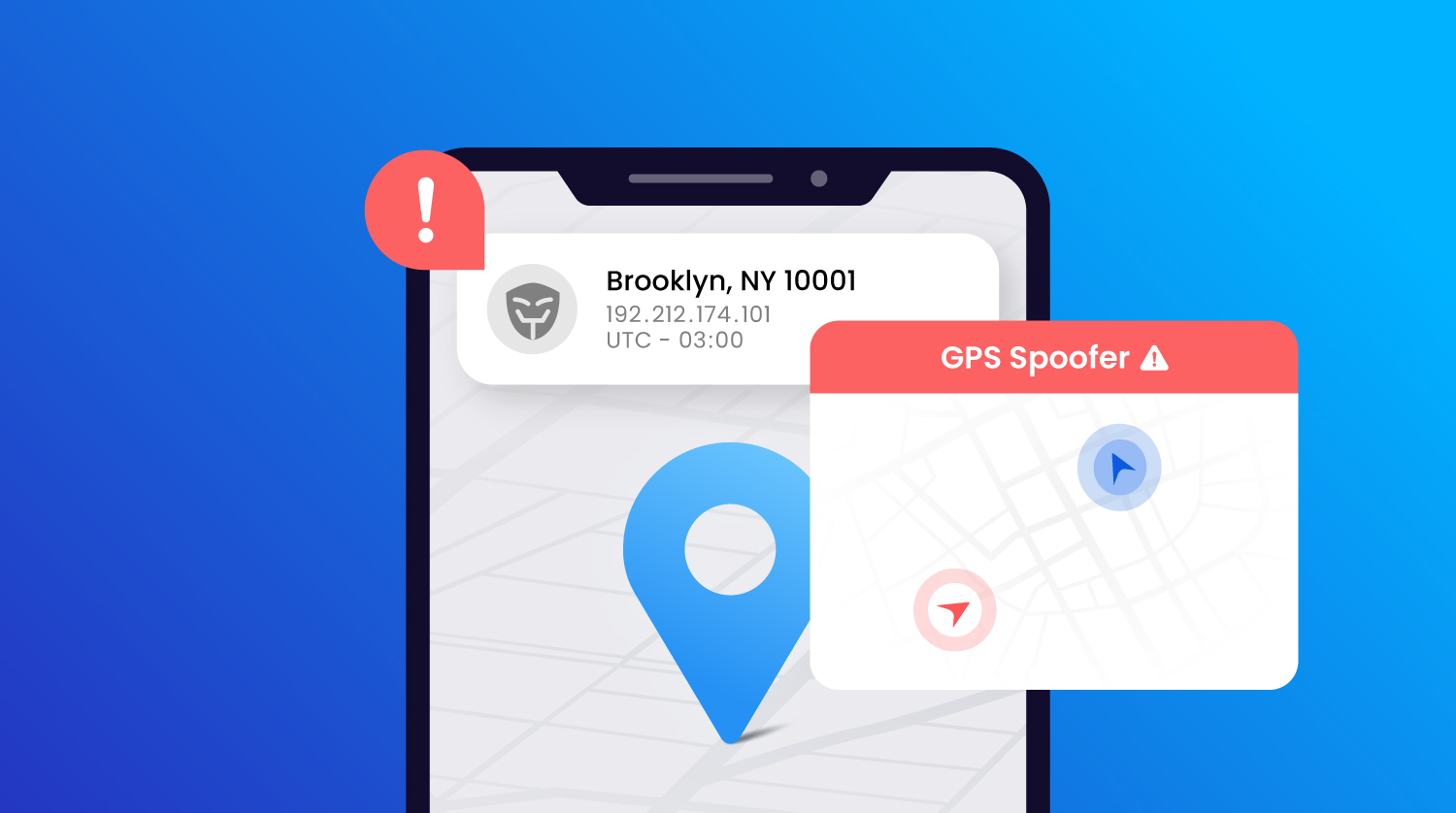What’s The Problem?
However, there is a problem with these loyalty programs that often goes unrecognized. Many customers never check their loyalty account balances or redeem their rewards. These loyalty points that are clearly not used or monitored are often targeted by fraudsters. They can be used by the fraudster personally or sold on the dark web. Consumers may not even notice until they want to redeem their rewards.
Loyalty reward programs may obtain sensitive personal information from members. This information has a lot of value in the murky underground economy. It can easily be used to commit identity theft.
Finally, loyalty fraud may consist of people “gaming” the system. This may simply be a case of many people using the same loyalty card to gain points or rewards for the named holder. If identification is required, this type of fraud will be very difficult. If points are acquired on an app or online, this type of fraud could be very easy to carry out.
Who Commits Customer Loyalty Fraud?
Broadly speaking, people committing loyalty fraud fall into three categories. Let’s take a look at them.
Hackers
Hackers are outsiders who exploit any weaknesses in a company's security measures. This could include very weak passwords. They will then steal the loyalty points or rewards. They may use phishing techniques to collect personal information and then hack people's loyalty accounts.
Loyalty programs are often considered easy targets because they’re not used or checked very often. The online security and anti-fraud measures of loyalty programs can also be relatively low.
Insiders
Insiders are employees of a business. They may have opportunities to take advantage of the loyalty program. If simple punch cards are used, a barista could punch their friends and families cards multiple times with one purchase.
Even with more sophisticated systems, there may be ways to abuse the system. If a customer doesn’t redeem the loyalty points during a purchase, a company employee could credit the points to their own loyalty account. They may even have the authority to add or adjust points, which could be easily abused.
Members
Customers who belong to a customer loyalty program may attempt to “game” the system. They may try to “double-dip” by redeeming points both online and over the phone. They may try to sell or barter their points away, something which is likely to be prohibited. Members may also make purchases that will give them massive rewards, cash in the reward, and then cancel the purchase.
What Is The Potential Impact?
Account takeovers feature heavily in loyalty fraud attacks. If a fraudster is hacking someone’s account and stealing rewards, it can be challenging to spot. It can lead to the following problems;
- Financial impact on the company offering the loyalty scheme. They will have to reimburse the customer for any rewards lost.
- Additional financial impact that may come with inventory losses.
- Loss of trust in the company brand. This can lead to losing customers and loss of future revenue.
- Negative publicity. This can lead to damaging the reputation of the company.
How To Protect Your Loyalty Program
Here are some ways to protect your loyalty program from fraud. In this way, you also protect your profits and your reputation.
Build Rich User Identities
The more you know about your customers, the easier it can be to compare profiles and weed out duplicates. You might have multiple email addresses trying to claim rewards, but if you know they are linked to the same street address, then you can spot fraud. One of the keys to stopping loyalty fraud is identifying the relationships between users and their devices. The most advanced fraud prevention solutions will analyze and compare thousands of attributes such as geolocation, IP address, phone model, and even battery percentage to build an extremely accurate picture of every user and device on an ecosystem.
Personalize Customer Experience
Many loyalty programs will offer coupon codes for claiming rewards. These coupon codes can easily be found online and be exploited by people for personal gain. This leaves companies wide open to fraudulent activity.
The best practice, in this case, is to generate personalized codes with each coupon. The coupons can also be given a start date and end date. This means when the coupons are redeemed, they can be traced back to their source. This will also make it easy to deactivate any codes that may look like they are being manipulated or abused.
Track Every Redemption
If you are interested in measuring customer experience, marketing, and company performance, you want to be paying close attention to your loyalty redemption metrics. You will want to be aware of how much the loyalty campaign is costing the company and how much revenue it is generating. Keeping track of these metrics will also help you to identify potential sites of exploitation.
Use Machine Learning
Using a fraud prevention tool powered by machine learning will take away a lot of the guesswork. Tools that use unsupervised machine learning are able to identify potential red flags with extreme precision and in real time. This could include duplicate user profiles, canceled orders, and orders that could indicate fraud.
In Summary
Loyalty fraud means that somebody is exploiting your customer loyalty program for personal gain. As so many loyalty points go unused each year, this means that many customers are not paying close attention to their loyalty accounts. This, along with weak security, can make customer loyalty fraud an attractive proposition for fraudsters.
If you have strong fraud prevention measures in place you will be able to better trust your users, and your users in turn can feel safe and secure that your loyalty program isn’t being exploited.











.JPG)










